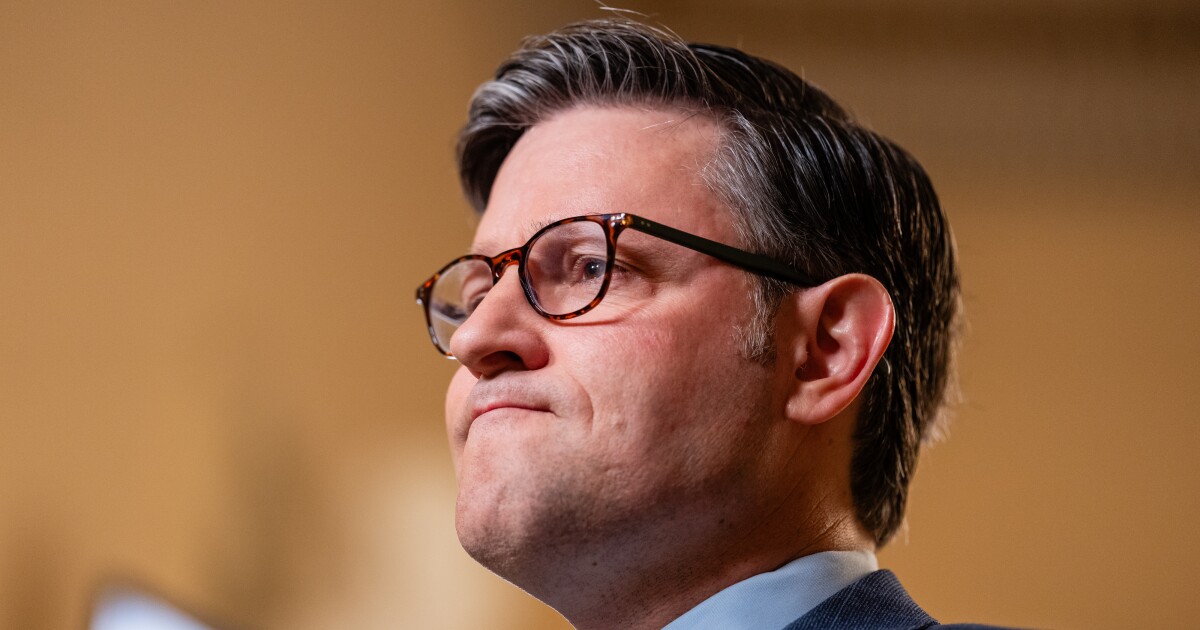For clients with highly appreciated assets aiming to transfer part of their holdings to an heir in a tax-efficient way while giving to a nonprofit, charitable remainder trusts could be a fit.
Charitable remainder trusts (CRTs), charitable remainder annuity trusts (CRATs), charitable remainder unitrusts (CRUTs) or net income charitable remainder unitrusts (NICRUTs) are simply potential pieces of a multifaceted estate plan — but financial advisors, tax professionals and, especially, their clients could be forgiven for getting a bit of a headache when seeing their accompanying acronyms. At the basic level, wealthy families use charitable remainder trusts to get a tax deduction for the donation, avoid capital gains duties and provide income to a beneficiary.
While they are “something that is not going to be applicable to everyone,” charitable remainder trusts may act as “a spoke in the wheel” in an estate plan, according to Eric Swensen, a wealth advisor and the chief planning officer with Walnut Creek, California-based Adero Partners.
READ MORE: 3 client scenarios that highlight tax advantages of donor-advised funds
Use cases
The end of the so-called stretch strategy for individual retirement account beneficiaries requiring them to accept the income over no more than 10 years added to the appeal of charitable remainder trusts, which could tack on decades because they’re only subject to a “5-50-10” rule. That means the trusts must pay out between 5% to 50% of their assets each year and leave a minimum of 10% to the charity. Along the way, the tax advantages could aid clients in pushing down their taxable income in retirement while bolstering a nonprofit of their choice and providing for the beneficiary.
“You should be looking at your Social Security, IRAs and 401(k) distributions as your main source of income,” he said. “CRTs can be good for a portion of the assets to help support that primary income in retirement. … If you have enough assets for yourself, and you want to be able to help aging parents or other beneficiaries with income, this can be a good option as well.”
To illustrate what charitable remainder annuity trust can do, a working academic paper posted in December by a researcher at the University of the Cumberlands used the example of a fictional couple named Martha and Benny Franklin. With a net worth of $21.55 million, the Franklins used a CRAT as part of their attempt to ease the tax impact from passing down an array of assets that included $1 million in cash, $6 million in securities, business interests valued at $6 million, real estate investments totaling $3 million and personal residences amounting to $3.5 million. At the same time, the family aimed to ensure each of the children would have enough assets to pay for college some day and set up a special needs trust for one of the couples’ grandchildren.
“Overall, Benny has been proactive in planning his wealth management by using charitable giving,” the study’s author, Trey Jackson, wrote. “He has set up a CRAT and three irrevocable trusts for his sons. The CRAT was funded with hot stock, evidencing Benny’s commitment to philanthropy while achieving some level of income for their lifetimes. However, the currently existing trusts were not set up in a manner designed to maximize the advantages of annual exclusions, nor were they really designed with ultimate tax efficiency.”
READ MORE: 3 types of trusts that could help wealthy clients’ estate plans
Complicating factors
The paper details the many complexities involved with how each type of asset interacts with the others inside the estate’s holdings, and lays out possible methods for addressing them. The difference between a charitable remainder annuity trust and a charitable remainder unitrust comes from the greater flexibility in the latter vehicle, which enables adjustments to the payments to beneficiaries based on shifts in value each year, Swensen noted. The annuity vehicle pays the beneficiary the same set percentage or dollar amount each year. Alternatively, the net income version could give clients and their heirs more wriggle room if they’re currently living in a high-tax state yet plan to migrate to one with lower duties some day.
“You can set it up now, you can get the deduction now, but you can defer the income until later,” Swensen said. “It’s a great highly leveraged gift, especially if you have a big spread in your cost basis there.”
Charitable remainder trusts pose some risks, though, from the ramifications to their payouts based on downturns in stock values or other problems with the underlying assets. The failure of a business tied to a charitable remainder trust for one Swensen’s clients unfortunately led to the vehicle never passing any assets to the philanthropic recipient, he said.
“I inherited a client who had put an investment in a vineyard into a CRT, and that vineyard went under. Lucky for them, they were able to get the deduction up front,” Swensen said. “These things aren’t bulletproof, and don’t always work out in all the ways.”
READ MORE: The most overlooked aspect of estate planning, and how to address it
Tap a lawyer or a CPA
Those caveats explain why only a few out of more than 900 clients working with his firm are using charitable remainder trusts. Regardless of their level of expertise, advisors could still build up their knowledge of the possible uses for the vehicles by picking the brains of certified public accountants or estate lawyers with an eye toward collaboration in the future, Swensen said.
“Once you build that team, it also helps with confidence for talking with clients about them, too,” he said. “So, when it does come up, I can tell that client, ‘Hey not only do I think this is a great solution for you, but I’ve got a team in place that can make this really easy for you.'”


 Blog Post1 week ago
Blog Post1 week ago
 Economics1 week ago
Economics1 week ago
 Finance1 week ago
Finance1 week ago
 Personal Finance1 week ago
Personal Finance1 week ago
 Accounting1 week ago
Accounting1 week ago
 Economics1 week ago
Economics1 week ago
 Personal Finance6 days ago
Personal Finance6 days ago
 Personal Finance1 week ago
Personal Finance1 week ago













